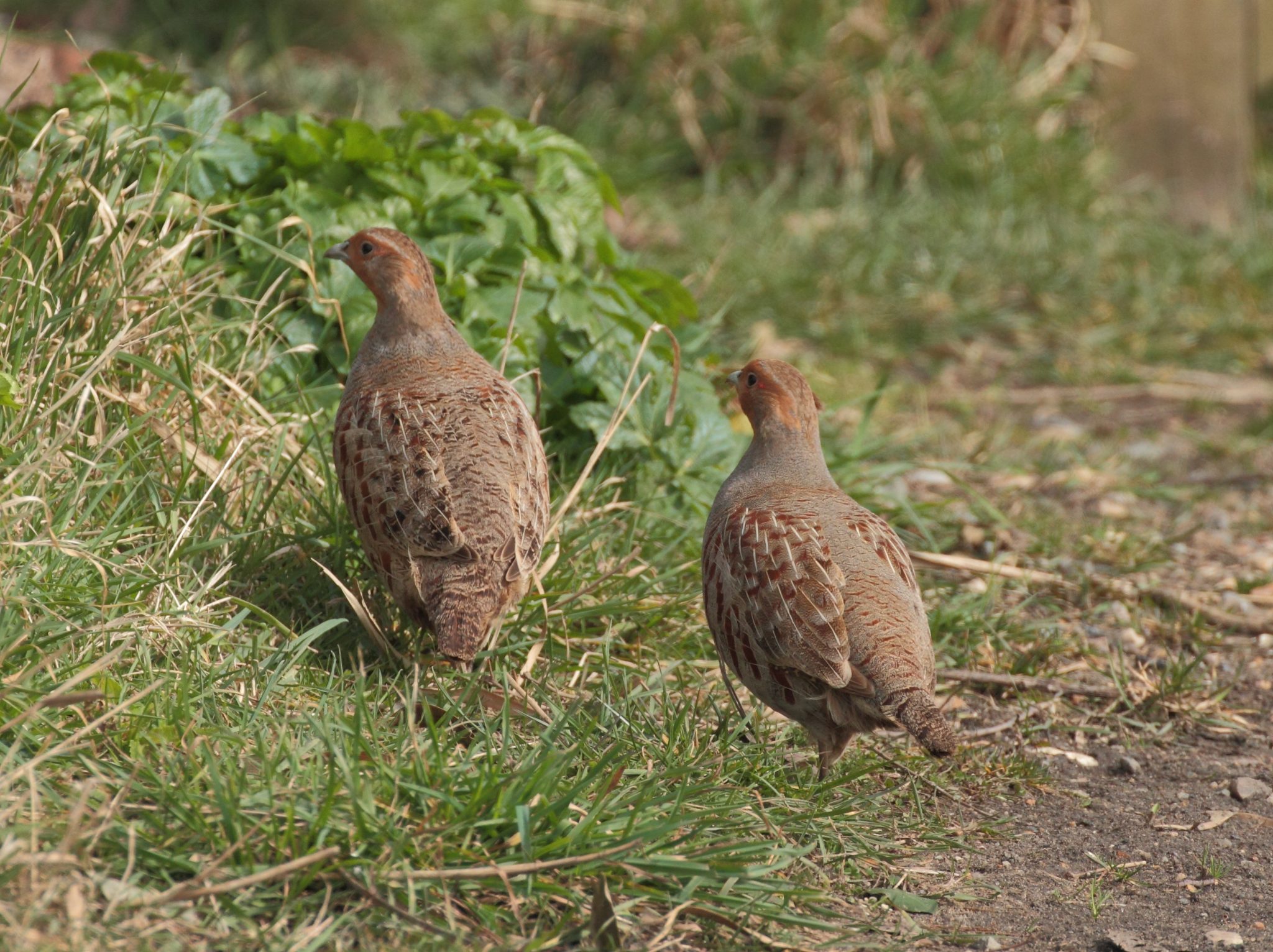
Landscape management
Grey Partridge Conservation
Conserving the Grey Partridge
The estate is famous for its wild game bird shoot and conservation record. In the days of the third Earl of Leicester in the early 1900s, invitations to shoot at Holkham were much sought after. Back then, grey partridge were the most common game birds in the country.
The Holkham game books, which run consecutively from 1793, provide a unique insight into the amount and variety of wild game that abounded at that time. The outside beats of Warham and Wighton were perhaps best known for the quality of their partridge shooting and in one day in 1905, a record bag of 1,671 grey partridge were shot on the Warham beat.
In recent years, populations of these beautiful birds and many other farmland birds have plummeted dramatically, on a national scale. The birds have been under constant pressure from changes in farming which, in turn, have led to a decline in the population of those insects which are vital for young chicks to feed on, if they are to survive the first few weeks of their lives. Lack of natural feed and an increase in predation has seen many estates lose completely their populations of grey partridge. However, because of Holkham’s policy of conservation and wild bird management, we still have a viable stock of grey partridge on the estate.
We have a game department, which manages 16,000 of the estate’s 25,000 acres. Each keeper is responsible for the day-to-day running of his beat. Predator control is their main task. Foxes are controlled all year round, as the fox population is constantly rising, which keeps continuous pressure on all populations of ground nesting birds, not just game birds. Smaller predators such as stoats and weasels are caught in tunnel traps, sited in hedgerows and other places, which the keepers know the animals use when hunting their prey. Rats are also trapped and poisoned, as their numbers are on the increase. Corvids are kept in check through shooting and the use of Larsen traps.
The main season for predator control is the early spring when our aim is to reduce predator numbers so that more pheasants and partridges can produce, sit on and eventually hatch their young in relative safety. However, for these birds to be successful and to maintain a good stock, the habitat also has to be right. We try to provide adequate nesting cover near a source of insects.
Most partridges nest in the base of hedges where there is ample cover. Making sure that insects are available at the right time for the chicks to feed on is vitally important, so we plant autumn brood rearing crops, such as cereal and lucerne. These are not sprayed or fertilised, which is more natural for the insects and their larvae. We also drill larger areas of wild bird mix, which help to hold and feed birds throughout the winter months. As an additional benefit, these mixes also feed a myriad of songbirds and small mammals.
Winter losses are among the biggest problems of partridge management. Often, these are the result of predation, disease or migration due to unsuitable habitat. When the partridges pair up in the late winter and early spring, they are particularly vulnerable to attacks from birds of prey. Leaving a strip of weeds or a crop such as yellow blossom clover can give the birds somewhere to hide from airborne predators.
Hundreds of small feed hoppers have been sited across the estate to ensure that the birds have access to wheat all year round. This keeps the birds in good condition and cuts down on the time they spend foraging about, making themselves more open to predation. The hens also go in to lay in much better condition and as a result, are less likely to desert the nest in order to feed. We keep a close eye on our population of partridge and carry out counts on each beat in both autumn and spring.
Our partridge numbers are increasing due to the various management methods we employ. One element that the gamekeepers are unable to manage however, is the weather, which can have a dramatic effect on chick production, which in turn effects the spring pair counts due to the lack of production in the summer.
One of our most effective management techniques is the picking up of eggs from the wild and hatching them under broody hens. We rear the chicks until they are approximately 6-8 weeks old and then foster them back to any pair of partridges who have lost their young (barren pairs). Our continued conservation policy coupled with new European agri-environment schemes and other management schemes, should ensure that our grey partridges continue to prosper, along with the skylarks, tree sparrows, turtledoves and many other rare and valuable species.